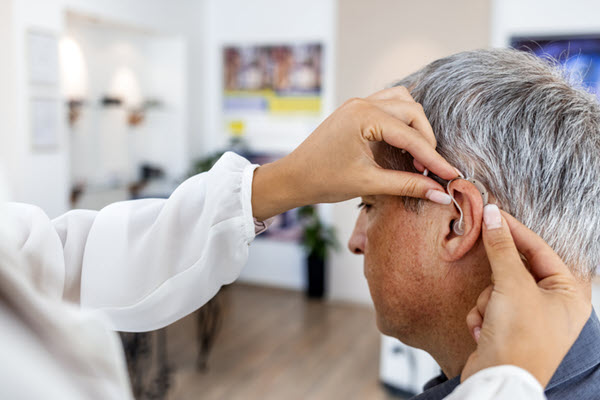In today’s digital age, creating inclusive and accessible user experiences is more important than ever. Universal design aims to make products and environments usable by all people, to the greatest extent possible, without the need for adaptation or specialized design. This blog post is part of our Universal Design Series, focusing on how to enhance user experience (UX) for individuals with auditory disabilities.
Understanding Auditory Disabilities
Auditory disabilities encompass a range of hearing impairments, from partial hearing loss to complete deafness. These disabilities can affect how individuals interact with digital content, making it crucial for designers to consider their needs when creating user interfaces.
Key Principles of Universal Design for Auditory Disabilities in Health System
Provide Multiple Means of Representation
Ensure that all auditory information is also available in visual formats. For example, use captions and subtitles for videos and transcripts for audio content. Implement visual alerts for notifications and alarms that would typically rely on sound.
Enhance Visual Communication
Use clear and concise text to convey important information. Incorporate sign language interpreters in video content where possible. Utilize icons and symbols to support text and provide additional context.
Ensure Compatibility with Assistive Technologies
Design your website and applications to be compatible with hearing aids, cochlear implants, and other assistive listening devices. Support text-to-speech and speech-to-text functionalities to aid communication.
Create an Inclusive Audio Experience
Offer adjustable volume controls and customizable sound settings. Provide options for different audio frequencies to accommodate various hearing impairments. Use high-quality audio recordings to ensure clarity and reduce background noise.
Promote User Control and Customization
Allow users to personalize their experience by adjusting settings to suit their needs. Provide easy access to accessibility features and settings within your application or website.
Practical Tips for Implementation for Healthcare
Captioning and Transcripts: Always include captions for video content and provide transcripts for audio materials. This not only benefits individuals with auditory disabilities but also enhances the experience for users in noisy environments or those who prefer reading over listening.
Visual Alerts: Implement visual cues for notifications, such as flashing lights or on-screen messages, to ensure that important information is not missed.
User Testing: Conduct usability testing with individuals who have auditory disabilities to gather feedback and make necessary adjustments to your design.
By incorporating these principles and practical tips into your design process, you can create more inclusive and accessible user experiences for individuals with auditory disabilities. Universal design not only benefits those with disabilities but also enhances the overall usability and appeal of your products for a broader audience.
Stay tuned for the next installment in our Universal Design Series, where we’ll explore more ways to create inclusive digital experiences for all users.


Great article.